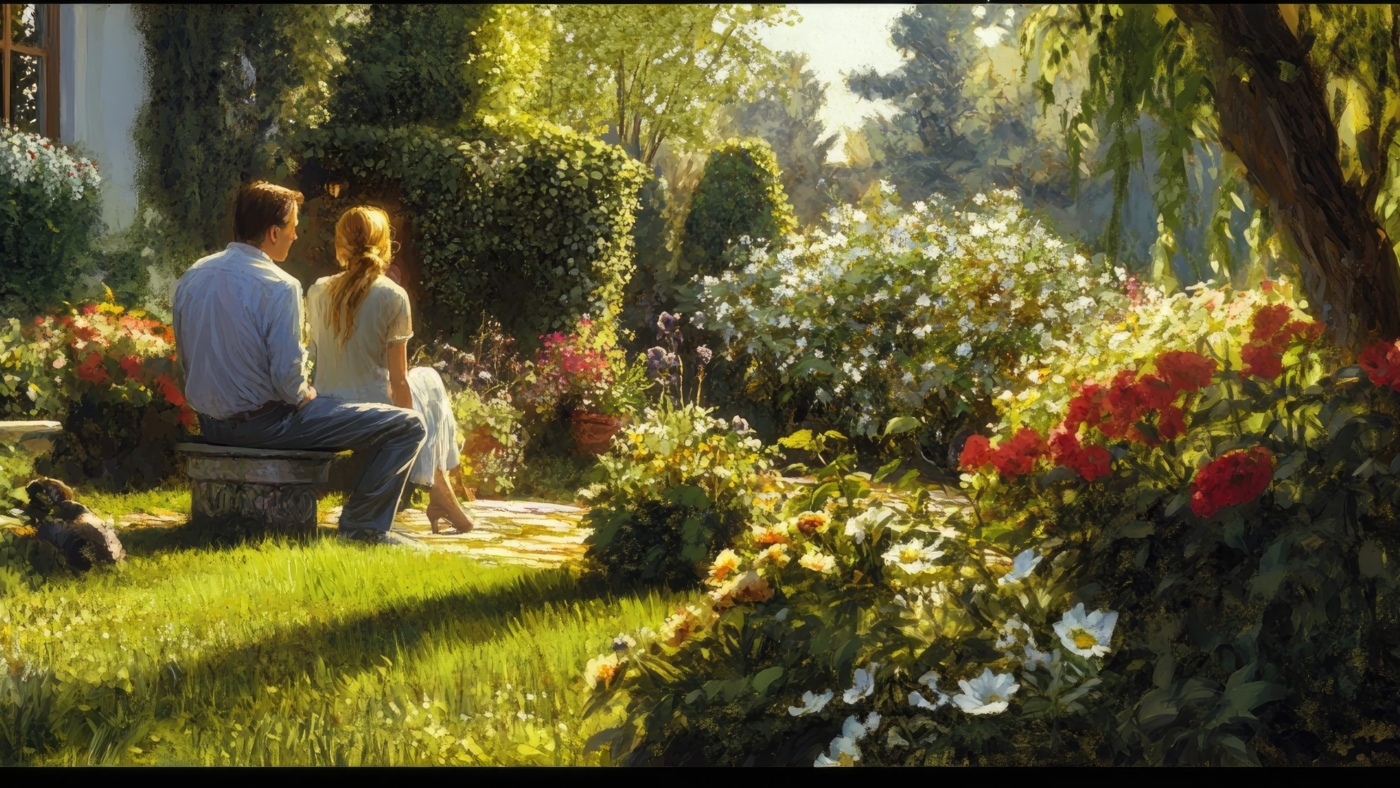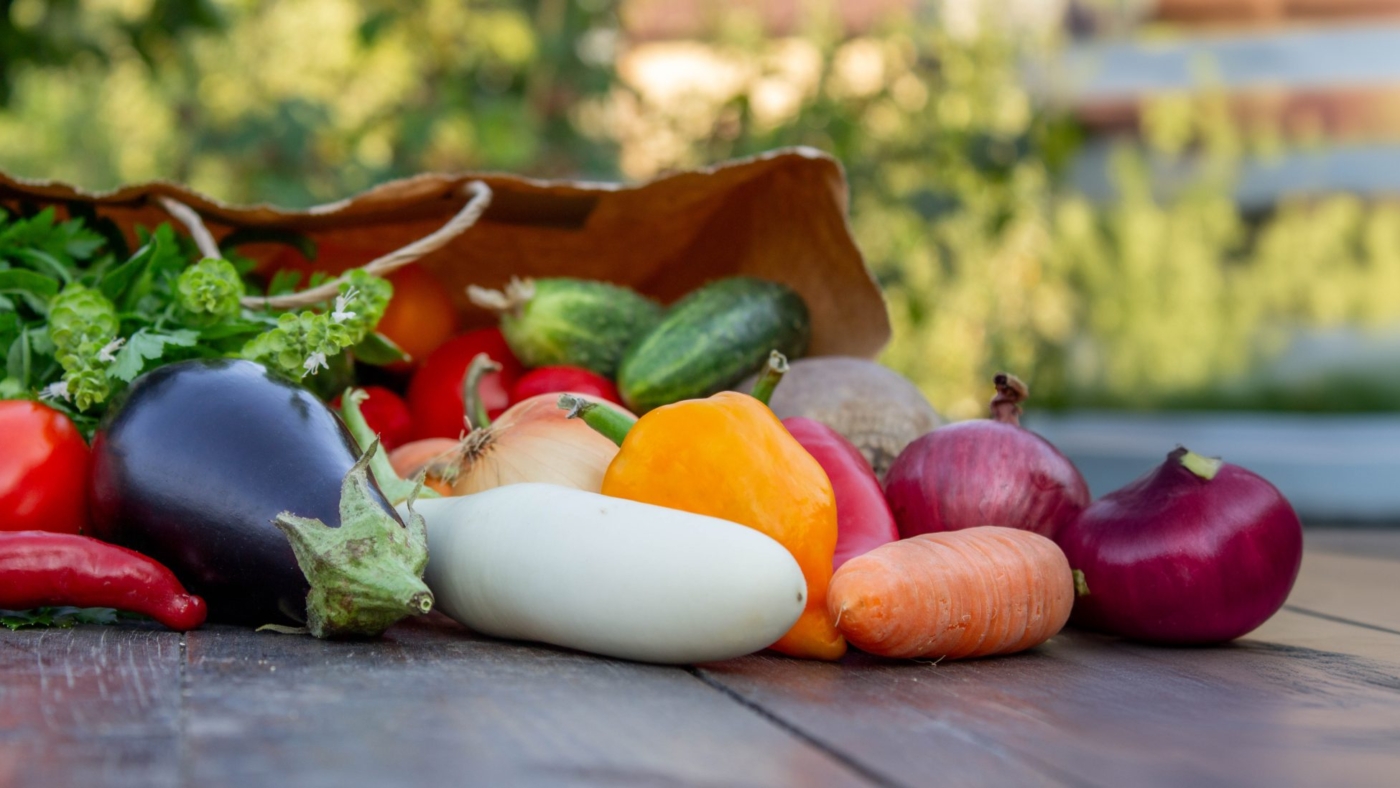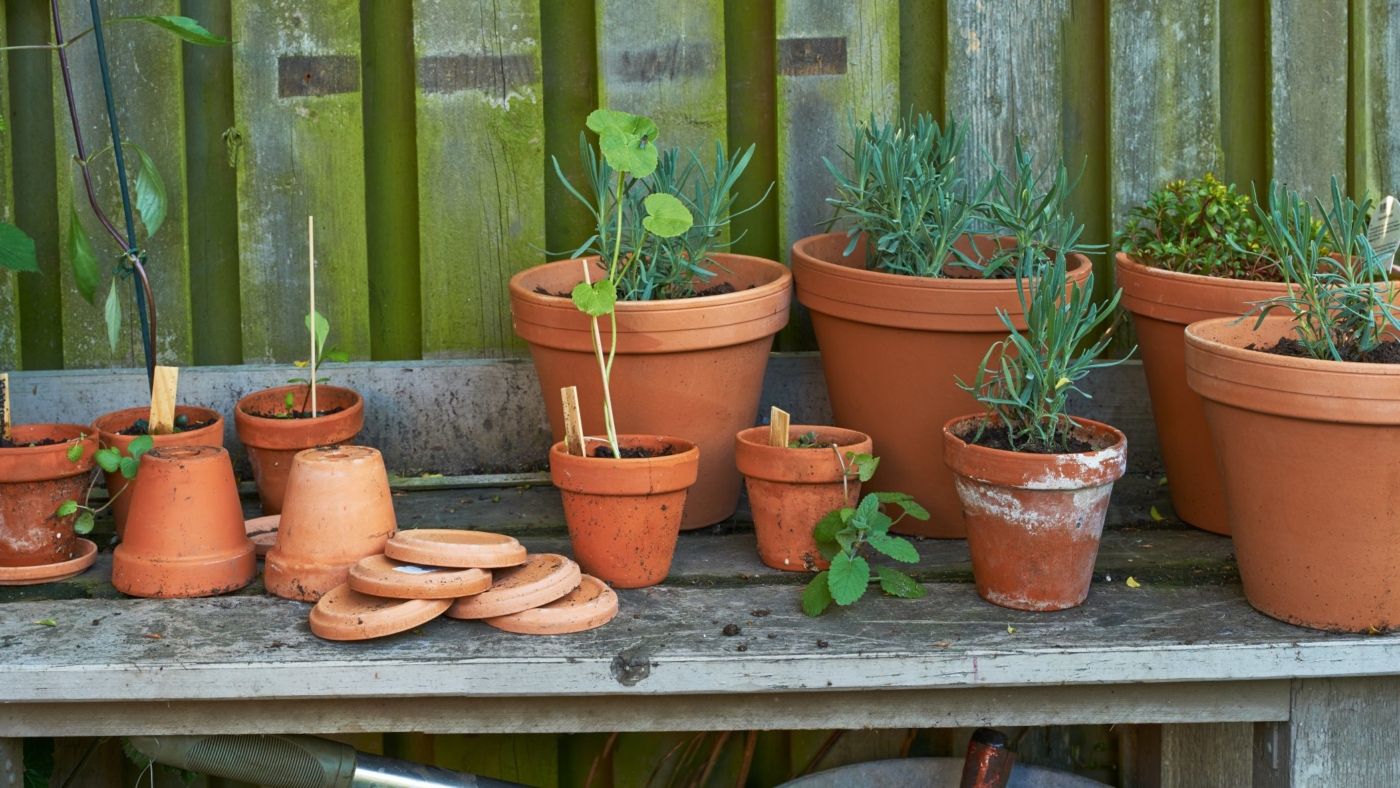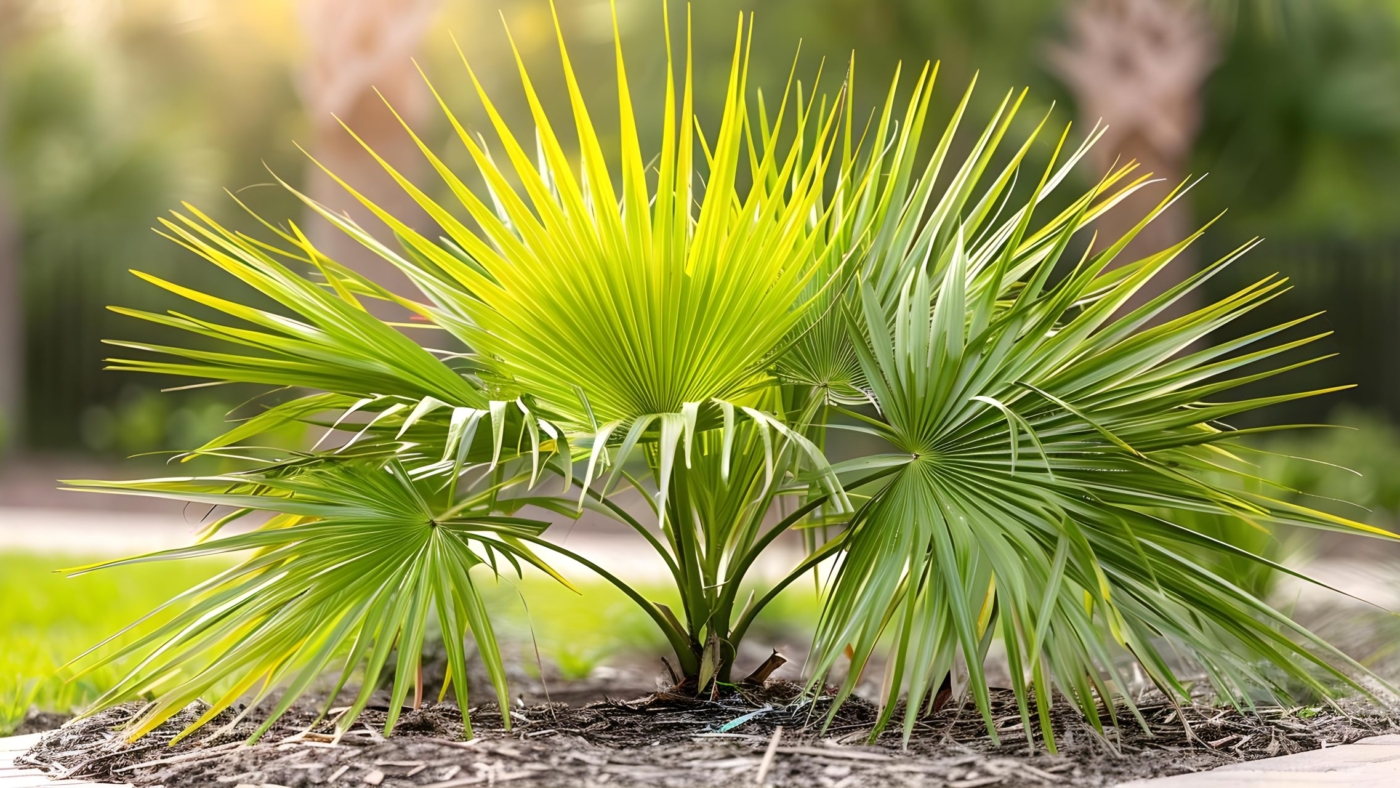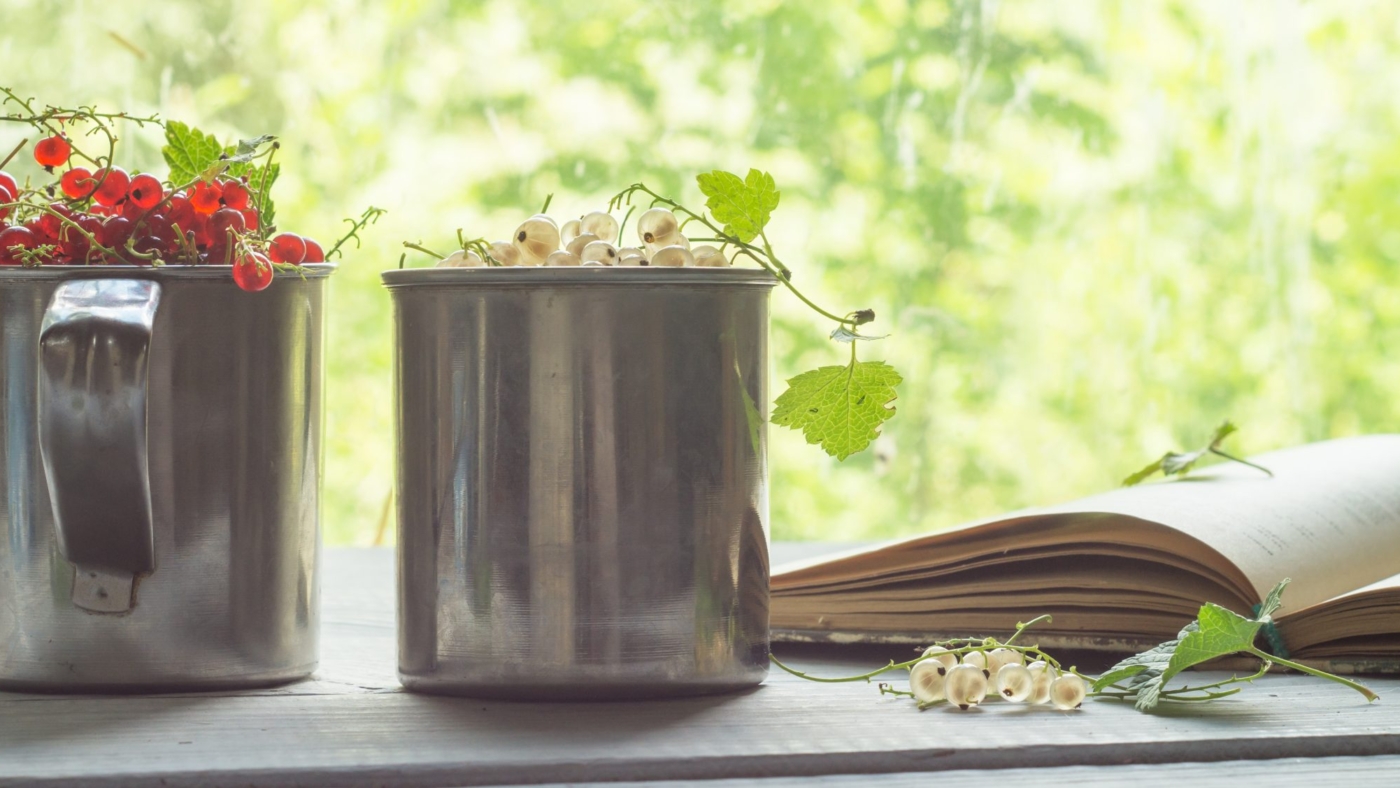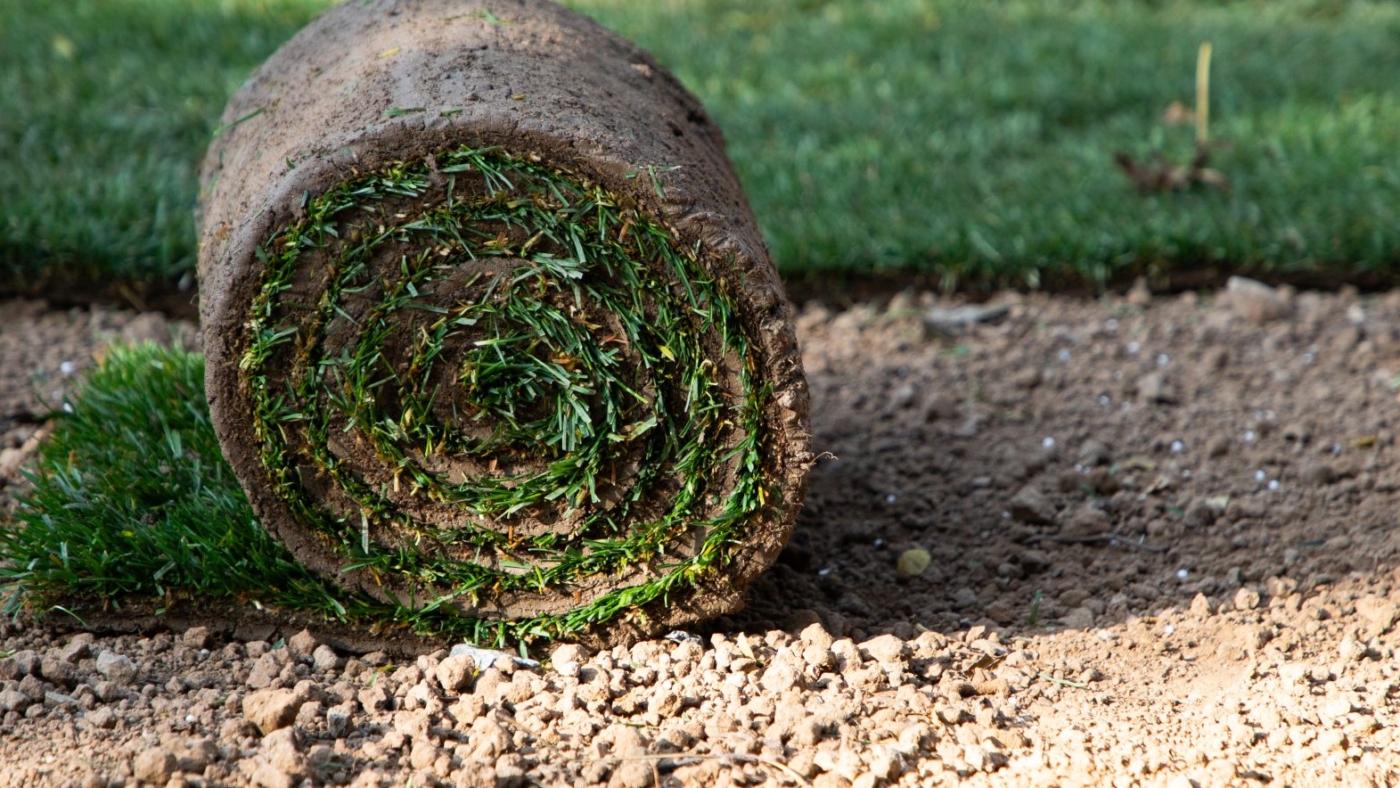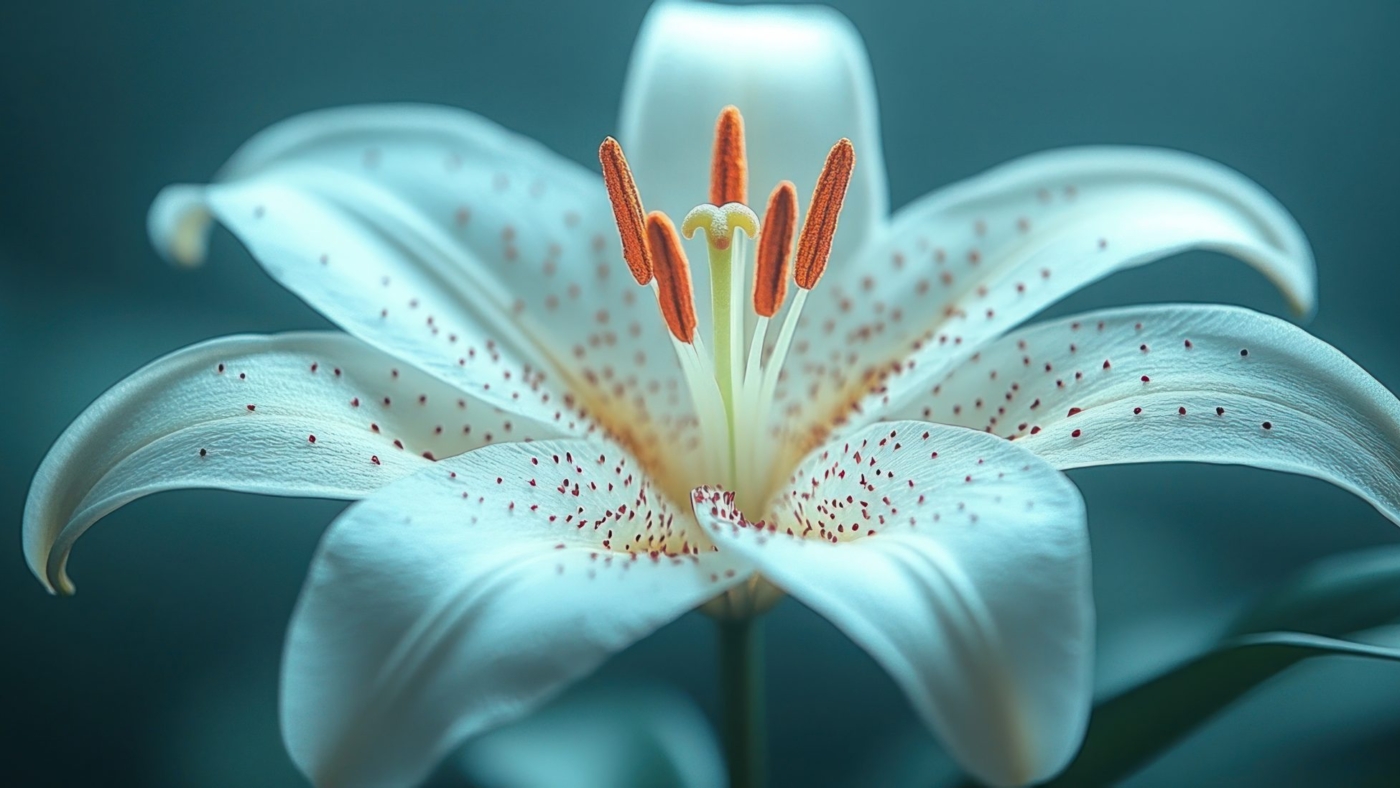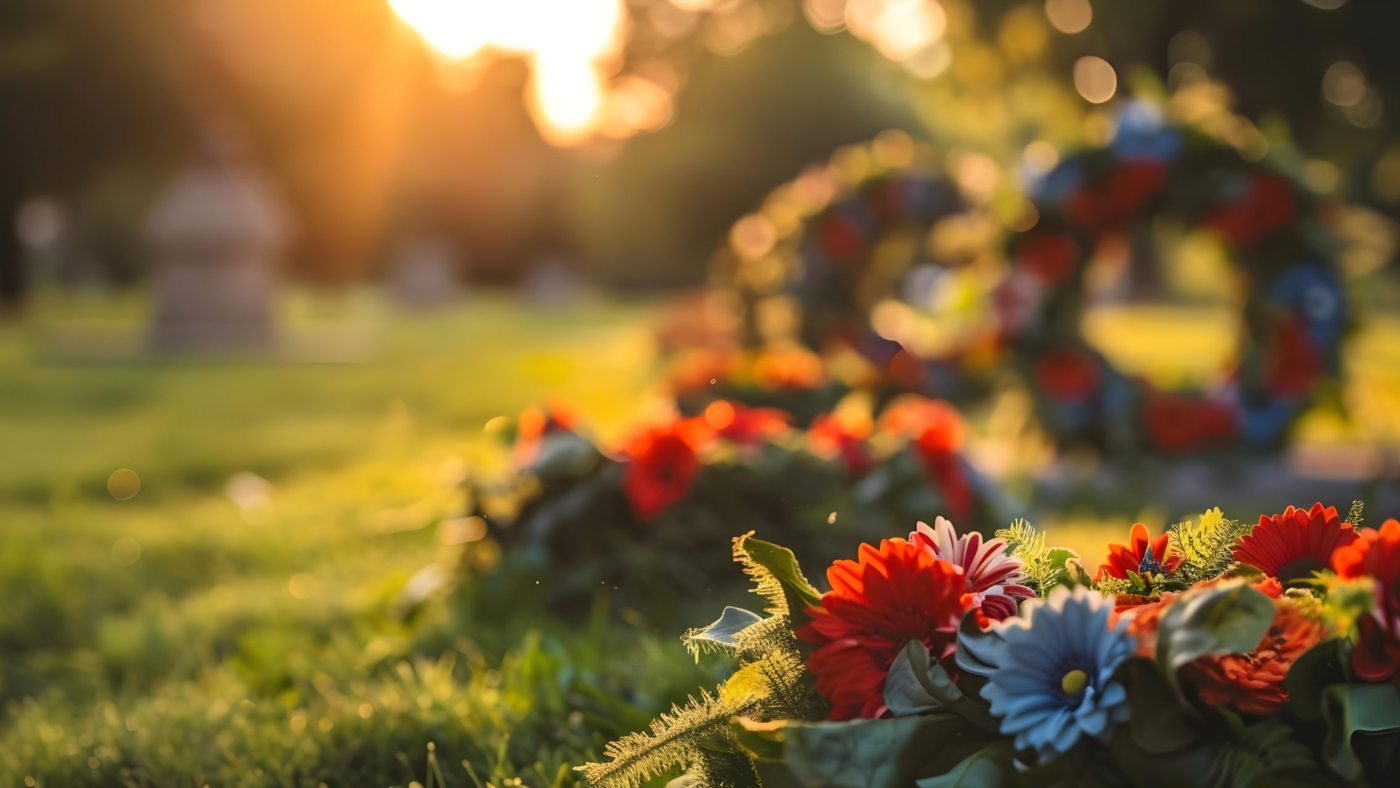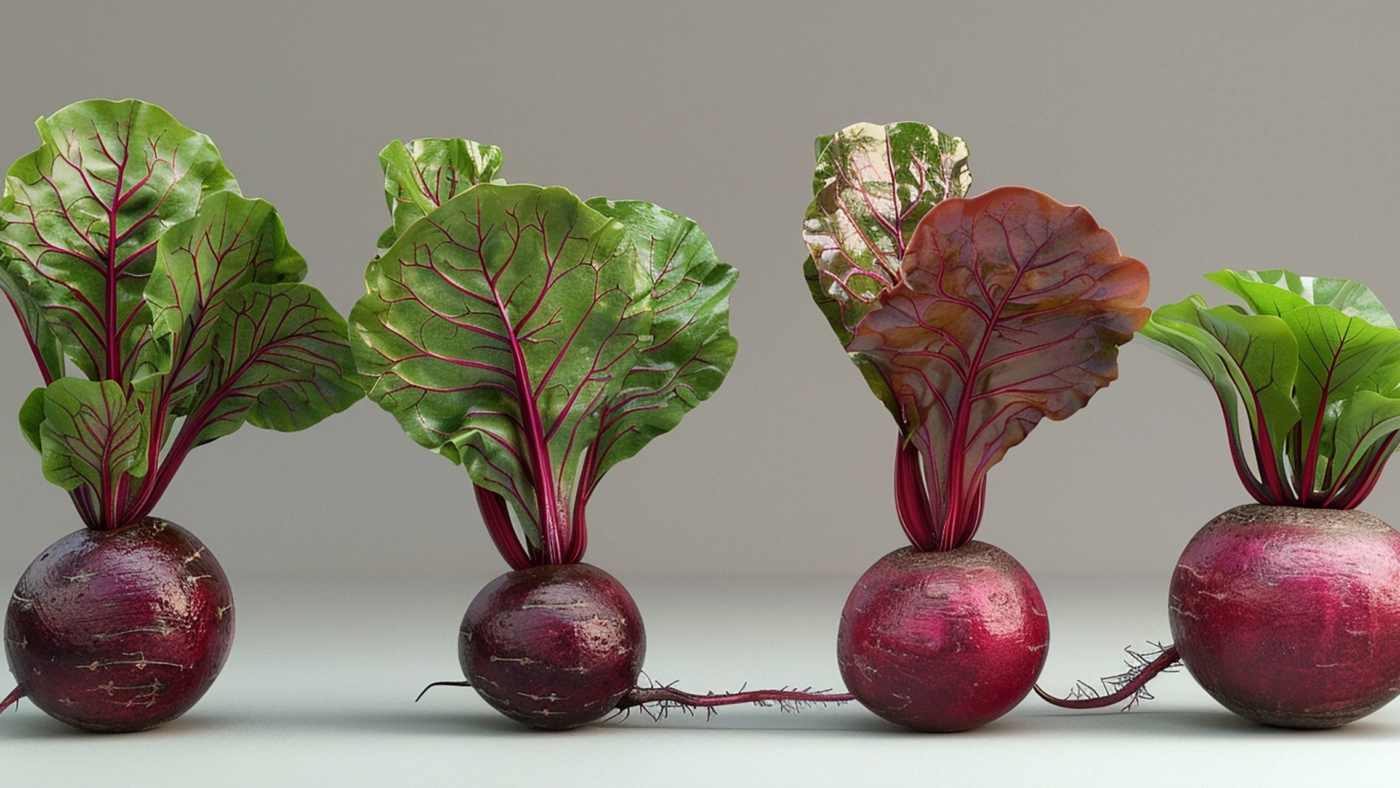A Frequent Contributor Shares Highlights from This Year’s Midwest Growing Season
Today we’re visiting a diverse garden located in the central region of the Midwest for a seasonal update. This garden, a frequent feature in past submissions, is known for its rich variety of plants and thoughtfully curated landscape. From Japanese-inspired corners to vibrant pollinator beds, the space offers year-round interest—and this year’s display has already delivered an impressive range of spring blooms and lush textures.
Spring came early, bringing with it a cascade of flowering trees and fresh foliage. A standout scene included a blooming weeping cherry tree alongside a purple-leaved beech, creating a striking spring contrast.
One path winds from sunlit beds into a tranquil, shady area near a Japanese-style garden. Along the route, a clematis with vivid magenta blooms was a springtime highlight, thriving in the early warmth.
In the shade, a cobra lily caught attention with its exotic form and full bloom. Not far away, the dramatic foliage and blossoms of mayapple were also at their peak, adding to the garden’s woodland charm.
The Japanese garden remains a calm retreat within the property—a perfect place to sit, reflect, and take in the peacefulness.
Beyond ornamentals, the garden also supports wildlife with a large area devoted to pollinators. Bees and butterflies benefit from the thoughtful planting, which emphasizes ecological value as well as beauty.
The property includes expansive formal gardens, filled with rare and unusual plantings collected and cultivated over decades. One particularly eye-catching scene featured a colorful canvas artfully integrated into a shaded area, flanked by climbing vines and mature flowering plants.
The garden continues to evolve after more than 25 years of dedicated work—an inspiring example of how gardening is both an art and a lifelong journey.
What’s happening in your garden this year? Whether you’ve had wins or setbacks, this is the perfect time to reflect and share what the growing season has brought so far. A garden is more than plants—it’s a record of memories, effort, and joy.
If you’d like to share photos or stories from your garden, you’re always welcome to do so. Whether it’s a special collection, a favorite spot, or a garden you’ve visited that made an impression, every green space has something to offer.
Let me know if you’d like this formatted for newsletter use or tailored for web publishing.

